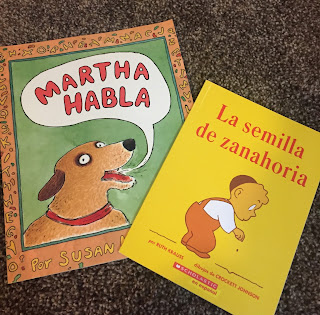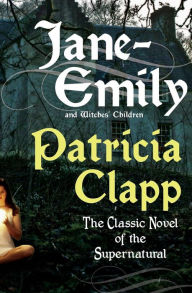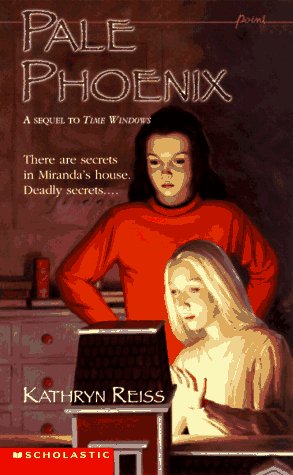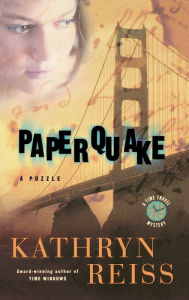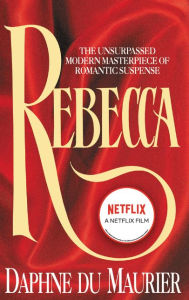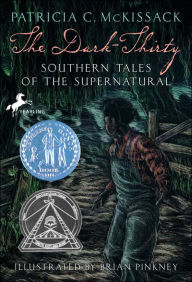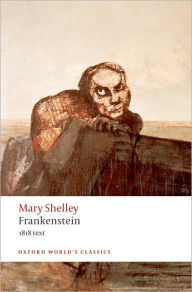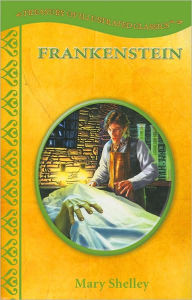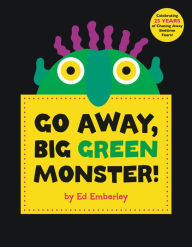In the Deseret News, there is an article called, "
Why this pediatric surgeon wants your child to hear 30 million more words by their fourth birthday." You can read the complete article
here. In this article Eric Schulzke interviews Dana Suskind who is a professor of surgery at the University of Chicago. She specializes in cochler implants that allow people who are born deaf to hear.
This article explains how important it is to talk to our babies and surround them in a literacy rich environment.
Some important quotes from the article:
Suskind: I came across research conducted about 30 years ago, where they found that the critical factor in a child’s ability to learn was his or her early language environment. They found that by the time they reached their fourth birthday, children born into poverty heard 30 million fewer words than their more affluent peers.
Suskind: The reason I wrote this book is that I am hoping to get across that 0-3 is a critical period. Not to say that later on is not important, but this is a critical period. But whenever we talk about early childhood, we talk about pre-K. That’s missing the mark. We’ve got to start earlier, and with more intentionality. Learning doesn’t start on the first day of preschool. It starts on the first day of life. We need to re-imagine what education means.
I highly recommend this article, and I appreciate Dana Suskind's push to help us immerse our children in a literacy rich environment.
Talking to your child and listening to their responses is important. Books are another tool to help your child's brain grow strong. With books, your child will be exposed to vocabulary that they won't hear in day to day conversation. You will build their background knowledge, and create a stronger relationship with your child.
This is a video of my 13 month old grand daughter, Aria, reading to her parents. Although she uses her own language, she is mimicking the rhythm and cadence of natural speech. This is what early literacy looks like. She is reading a board book, so she doesn't have to worry about her little fingers damaging it. She has been read to since she was born.
*ETA: click in the blank spot and the video will magically appear.
NICU update: On Saturday, I received six books from Jennifer Hunt. Thank you, Jennifer for helping spread literacy to our littlest readers. Three of these books are touch and feel books which are wonderful for babies and get your littlest reader interacting with books. The black and white board books are shown to catch the visual interest of our very youngest readers, and Ferdinand is one of the best books ever.
Saturday also brought twenty-seven new Usborne books for the NICU. These were my free gifts for hosting an Usborne party. Thanks to everyone who purchased books for your own children because it greatly benefited the NICU. Five more babies will get a package of books thanks to those of you who ordered. If you'd like to order books for your kids, it will still benefit the NICU. Just click on
this link, and get great quality books for your kids. They will be shipped directly to your house.
The Sun book is a great vocabulary builder as it shows things your child may not yet be familiar with. It is a board book, so your child can read without damaging it. This book shows: seal pups, bird nests, beehives, a baby calf, a farm mouse, and a family all waking up with the morning sun.
If I could read Spanish, I'd tell you how wonderful the Spanish book is, but alas, I do not, so if you've read this one, please tell us if it is good or not in the comments.
Panda in the park is much loved at my house. This peek-a-boo board book has cut outs on each page. This is a great book for teaching animal sounds. You will encounter a panda, bees, butterflies, a snake, a giraffe, an elephant, cherries, flowers, birds, trees,a tiger, bugs, snails, a rabbit, and a frog.
Duck to the Rescue is a board book that has rhyme. and onomatopoeia words which are so fun to read: splat, splish, splash, splosh, wibble, wobble. This book shows the value of friends and helping one another.
Baby's Very First Touchy - Feely - animals book is a board book that has wonderful textures. It also has a page at the end that shows all the colors of the animals, so this book is great for teaching colors and sound effects.
The Little Red Penguin books are also board books that have lift the flap pages for learning, interacting, and discovery.
Aria was playing with the Usborne books I've purchased for the grandkids, and my husband was surprised at how tough these books are. These board books really are made to be handled by babies.
I bought a book for the grandkids from Usborne that is wonderful. It is called
The Gobble Gobble Moooooo Tractor Book, and is so much fun to read. There are animal sounds to read and for your child to mimic. This is my grandson Vincent's favorite book. He heads to the bookcase and pulls it out as soon as he gets to grandma's house. This is not a board book, so you will want to supervise, but the pages are sturdy and it is a hardback book.
This is Vincent in our reading chair ready to read.
30 million words by the age of four. Happy Reading!






